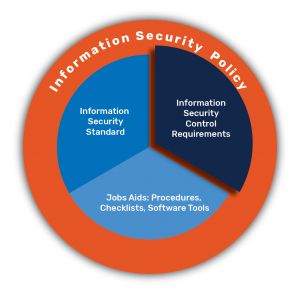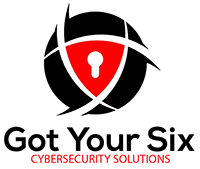Controlling the access to your physical resources and data resources is crucial for maintaining their integrity, confidentiality and availability. Access control covers everything from simple physical security (locked doors, locked computer cabinets, video cameras, etc.) to more advanced security settings that govern which users and systems can access your data based upon credentials that are controlled by authentication systems and security devices.
 Access control is a security technique that regulates who or what can view or use resources in a computing environment. It is a fundamental concept in security that minimizes risk to the business or organization.
Access control is a security technique that regulates who or what can view or use resources in a computing environment. It is a fundamental concept in security that minimizes risk to the business or organization.
There are two types of access control: physical and logical. Physical access control limits access to campuses, buildings, rooms and physical IT assets. Logical access control limits connections to computer networks, system files and data.
To secure a facility, organizations use electronic access control systems that rely on user credentials, access card readers, auditing and reports to track employee access to restricted business locations and proprietary areas, such as data centers. Some of these systems incorporate access control panels to restrict entry to rooms and buildings as well as alarms and lockdown capabilities to prevent unauthorized access or operations.
Access control systems perform identification, authentication and authorization of users and entities by evaluating required login credentials that can include passwords, personal identification numbers (PINs), biometric scans, security tokens or other authentication factors. Multifactor authentication, which requires two or more authentication factors, is often an important part of layered defense to protect access control systems.
